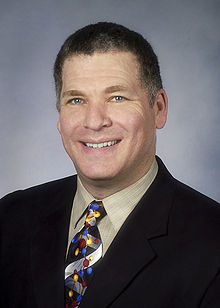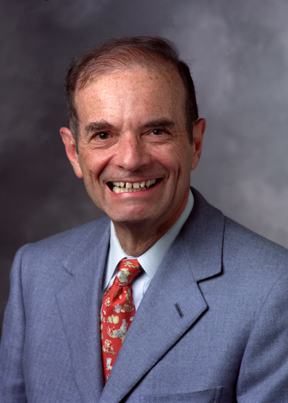
Lubert Stryer is the Emeritus Mrs. George A. Winzer Professor of Cell Biology, at Stanford University School of Medicine. His research over more than four decades has been centered on the interplay of light and life. In 2007 he received the National Medal of Science from President Bush at a ceremony at the White House for elucidating the biochemical basis of signal amplification in vision, pioneering the development of high density microarrays for genetic analysis, and authoring the standard undergraduate biochemistry textbook, Biochemistry. It is now in its tenth edition and also edited by Jeremy Berg, Justin Hines, John L. Tymoczko and Gregory J. Gatto, Jr.

John Kuriyan is the dean of basic sciences and a professor of biochemistry at Vanderbilt University School of Medicine. He was formerly the Chancellor's Professor at the University of California, Berkeley in the departments of molecular and cell biology (MCB) and chemistry, a faculty scientist in Berkeley Lab's physical biosciences division, and a Howard Hughes Medical Institute investigator. He is a member of the National Academy of Sciences and he has also been on the Life Sciences jury for the Infosys Prize in 2009, 2019 and 2020.
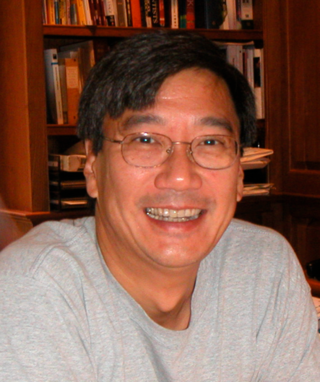
Peter S. Kim is an American scientist. He was president of Merck Research Laboratories (MRL) 2003–2013 and is currently Virginia & D.K. Ludwig Professor of Biochemistry at Stanford University, Institute Scholar at Stanford ChEM-H, and Lead Investigator of the Infectious Disease Initiative at the Chan Zuckerberg Biohub.

JoAnne Stubbe is an American chemist best known for her work on ribonucleotide reductases, for which she was awarded the National Medal of Science in 2009. In 2017, she retired as a Professor of Chemistry and Biology at the Massachusetts Institute of Technology.
Thomas Dean Pollard is a prominent educator, cell biologist and biophysicist whose research focuses on understanding cell motility through the study of actin filaments and myosin motors. He is Sterling Professor Emeritus of Molecular, Cellular & Developmental Biology and a professor emeritus of cell biology and molecular biophysics & biochemistry at Yale University. He was dean of Yale's Graduate School of Arts and Sciences from 2010 to 2014, and president of the Salk Institute for Biological Studies from 1996 to 2001.

Biophysical chemistry is a physical science that uses the concepts of physics and physical chemistry for the study of biological systems. The most common feature of the research in this subject is to seek an explanation of the various phenomena in biological systems in terms of either the molecules that make up the system or the supra-molecular structure of these systems. Apart from the biological applications, recent research showed progress in the medical field as well.
Helmut Beinert was a professor in the biochemistry department at the University of Wisconsin–Madison. His research focused on the mechanism of enzymes, in particular metalloenzymes and iron-sulfur proteins. He was elected to the National Academy of Sciences in 1980.

Stephen James Lippard is the Arthur Amos Noyes Emeritus Professor of Chemistry at the Massachusetts Institute of Technology. He is considered one of the founders of bioinorganic chemistry, studying the interactions of nonliving substances such as metals with biological systems. He is also considered a founder of metalloneurochemistry, the study of metal ions and their effects in the brain and nervous system. He has done pioneering work in understanding protein structure and synthesis, the enzymatic functions of methane monooxygenase (MMO), and the mechanisms of cisplatin anticancer drugs. His work has applications for the treatment of cancer, for bioremediation of the environment, and for the development of synthetic methanol-based fuels.
Amy C. Rosenzweig is a professor of Chemistry and Molecular Biosciences at Northwestern University. She was born in 1967 in Pittsburgh, Pennsylvania. Her current research interests include structural biology and bioinorganic chemistry, metal uptake and transport, oxygen activation by metalloenzymes, and characterization of membrane protein. For her work, she has been recognized by a number of national and international awards, including the MacArthur "Genius" Award in 2003.
Daniel Herschlag is an American biochemist and Professor of Biochemistry at the Stanford University School of Medicine. His research uses an interdisciplinary approach to advance our understanding of the fundamental behavior of RNA and proteins. He is well known for his application of rigorous kinetic and mechanistic approaches to RNA and protein systems.

G. Marius Clore MAE, FRSC, FRS is a British-born, American molecular biophysicist and structural biologist. He was born in London, U.K. and is a dual U.S./U.K. Citizen. He is a Member of the National Academy of Sciences, a Fellow of the Royal Society, a NIH Distinguished Investigator, and the Chief of the Molecular and Structural Biophysics Section in the Laboratory of Chemical Physics of the National Institute of Diabetes and Digestive and Kidney Diseases at the U.S. National Institutes of Health. He is known for his foundational work in three-dimensional protein and nucleic acid structure determination by biomolecular NMR spectroscopy, for advancing experimental approaches to the study of large macromolecules and their complexes by NMR, and for developing NMR-based methods to study rare conformational states in protein-nucleic acid and protein-protein recognition. Clore's discovery of previously undetectable, functionally significant, rare transient states of macromolecules has yielded fundamental new insights into the mechanisms of important biological processes, and in particular the significance of weak interactions and the mechanisms whereby the opposing constraints of speed and specificity are optimized. Further, Clore's work opens up a new era of pharmacology and drug design as it is now possible to target structures and conformations that have been heretofore unseen.
Susan Taylor is an American biochemist who is a Professor of Chemistry and Biochemistry and a Professor of Pharmacology at the University of California, San Diego. She is known for her research on protein kinases, particularly protein kinase A. She was elected to the Institute of Medicine and the United States National Academy of Sciences in 1996.

Mark Andrew Lemmon an English-born biochemist, is the Alfred Gilman Professor and Department Chair of Pharmacology at Yale University where he also directs the Cancer Biology Institute.
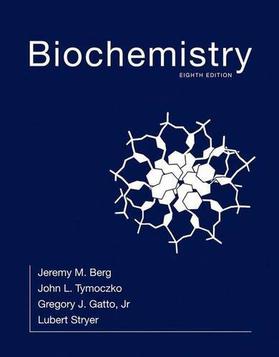
Biochemistry is a common university textbook used for teaching of biochemistry. It was initially written by Lubert Stryer and published by W. H. Freeman in 1975. It has been published in regular editions since. It is commonly used as an undergraduate teaching textbook or reference work.
Carl O. Pabo is a biophysicist. He is the founder and president of Humanity 2050, a nonprofit institute.
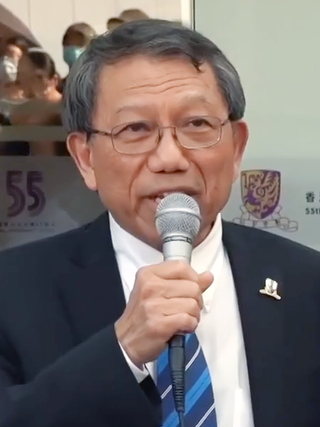
Rocky Tuan Sung-chi is a Hong Kong medical researcher and bioengineer, currently the vice-chancellor and president of the Chinese University of Hong Kong, where he served as distinguished visiting professor and director of the Institute for Tissue Engineering and Regenerative Medicine prior to taking up the vice-chancellorship. Previously he was on the faculty at the University of Pittsburgh, where he held a number of roles: Arthur J. Rooney Sr. Professor of Sports Medicine and the executive vice chair of the department of Orthopaedic Surgery, and a professor in the department of bioengineering. He was the director of the Center for Military Medicine Research and an associate director of the McGowan Institute for Regenerative Medicine. Despite his position in Hong Kong, he continues to serve as the director of the University of Pittsburgh's Center for Cellular and Molecular Engineering. For the 2018 fiscal year, he was one of the top 25 highest-paid University of Pittsburgh employees.
Catherine (Cathy) Drennan is an American biochemist and crystallographer. She is the John and Dorothy Wilson Professor of Biochemistry professor at the Massachusetts Institute of Technology and a professor at the Howard Hughes Medical Institute.
Lila Mary Gierasch is an American biochemist and biophysicist. At present, she is a distinguished Professor working on "protein folding in the cell" in the Department of Biochemistry and Molecular Biology at the College of Natural Sciences, University of Massachusetts—Amherst.
Barry H. Honig is an American biochemist, molecular biophysicist, and computational biophysicist, who develops theoretical methods and computer software for "analyzing the structure and function of biological macromolecules."

Solomon Walter Englander is the Gershon-Cohen Professor Emeritus of Biochemistry, Biophysics, and Medical Science at the University of Pennsylvania. He is known for pioneering the development of the field of hydrogen exchange (HX) studies.
